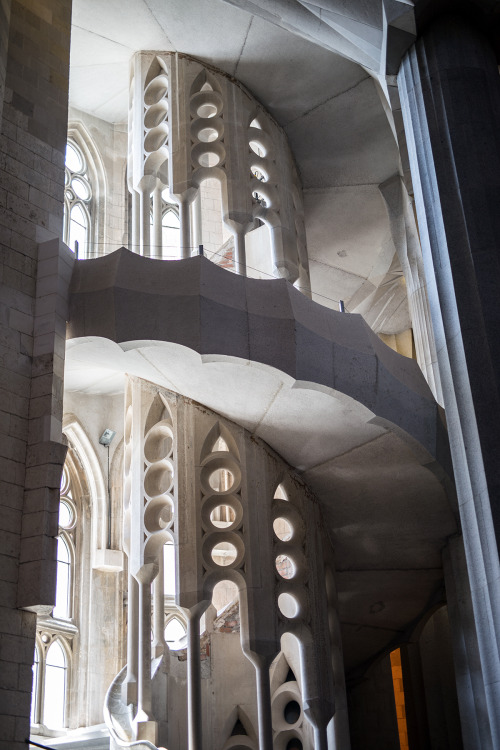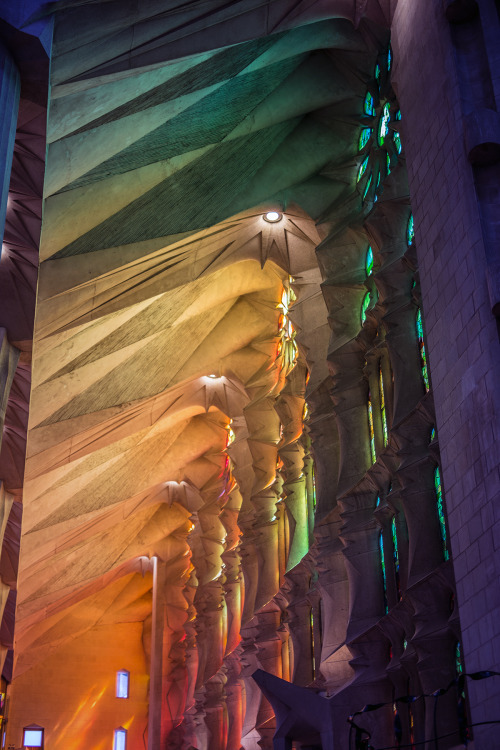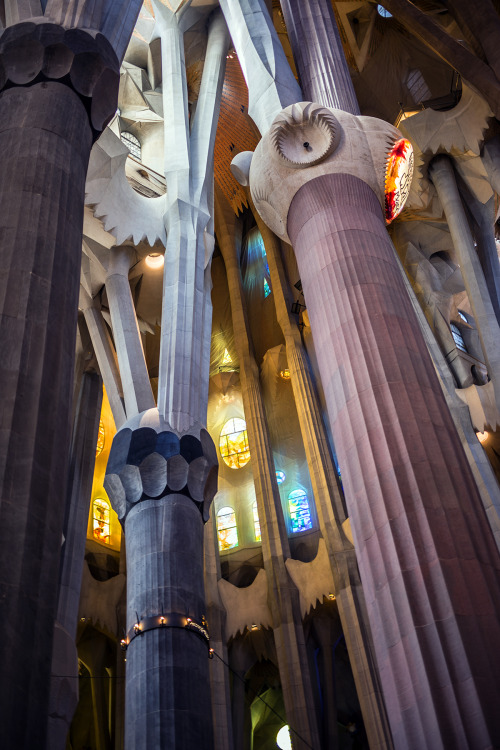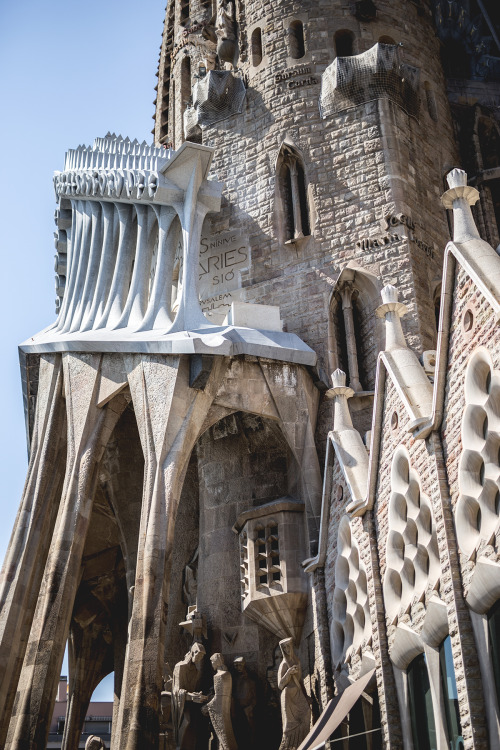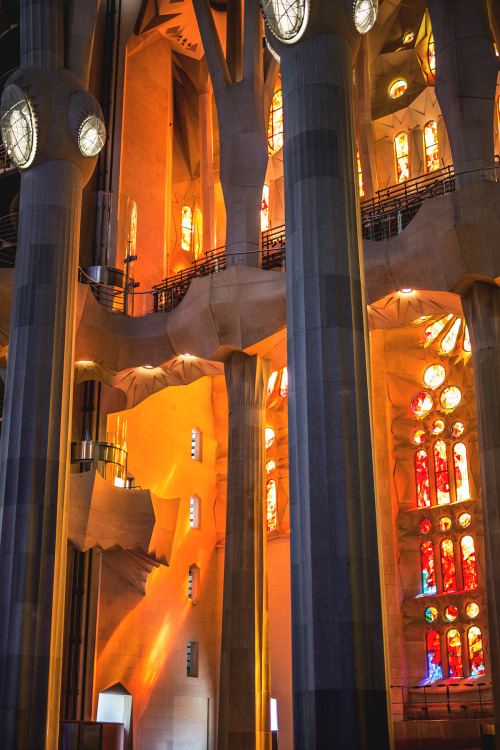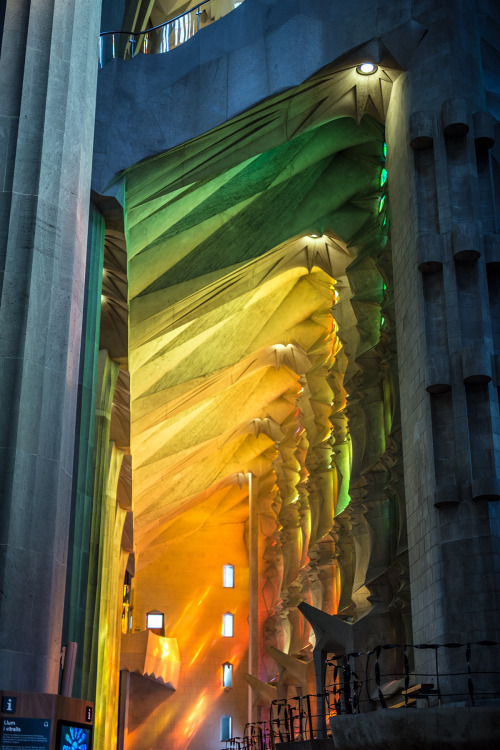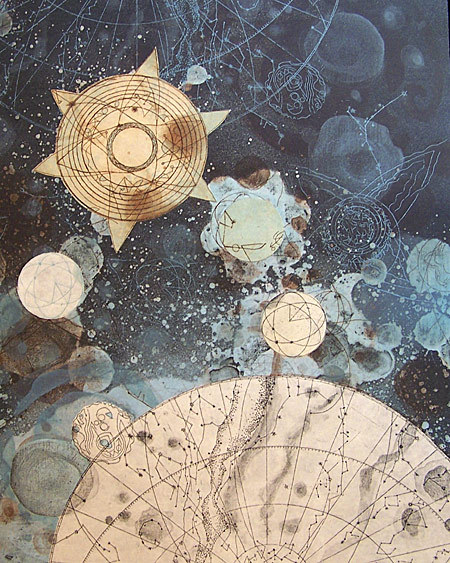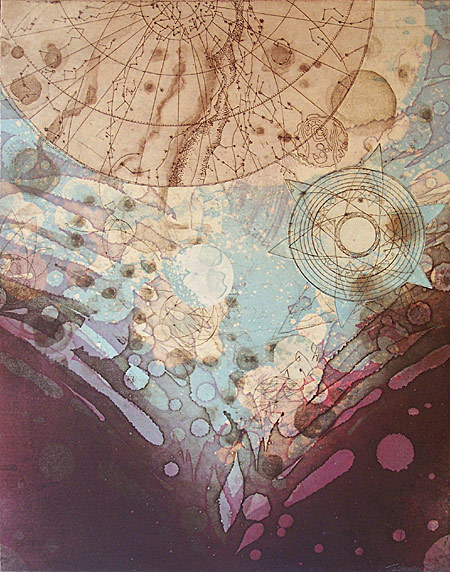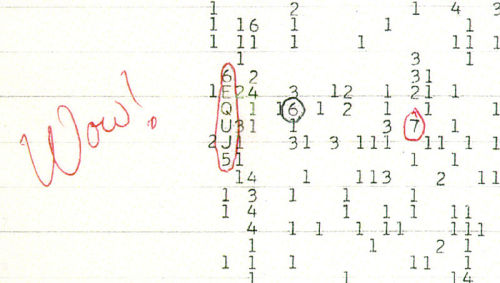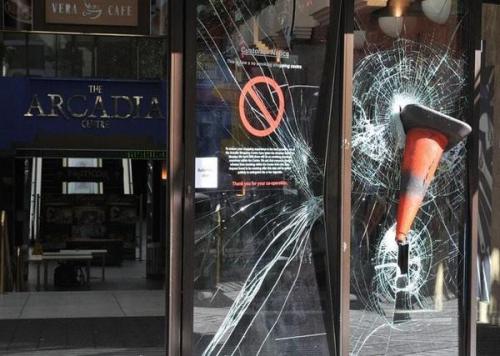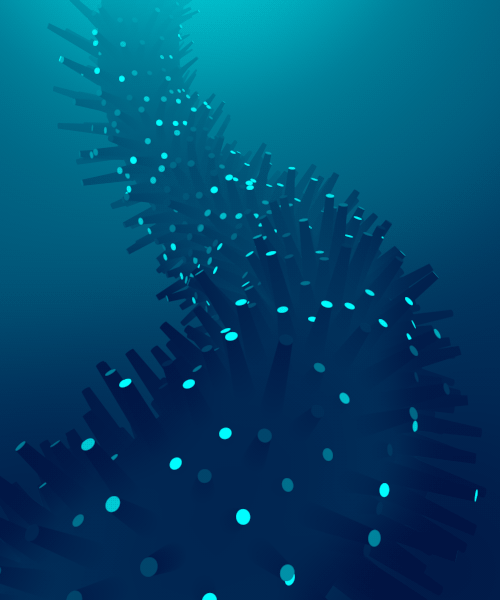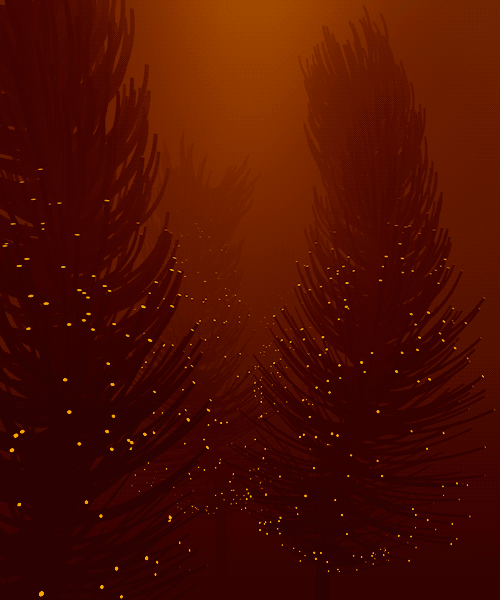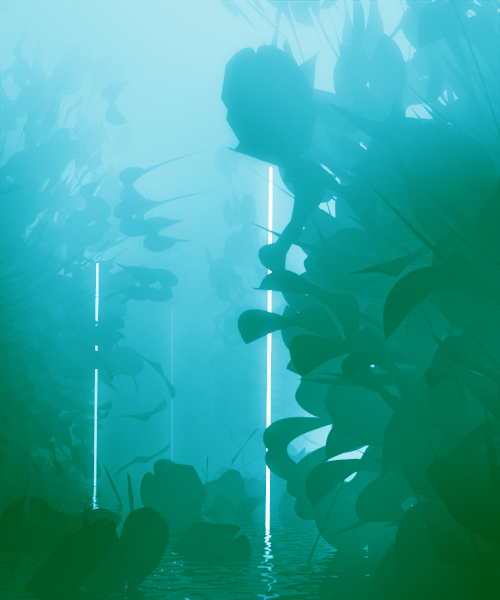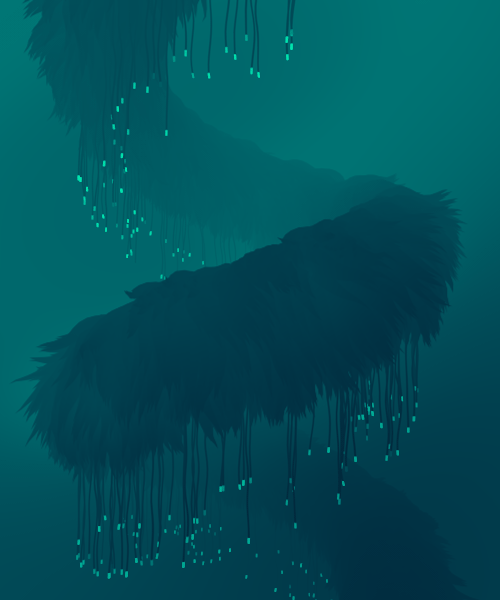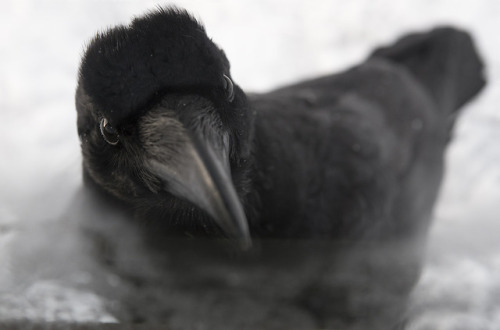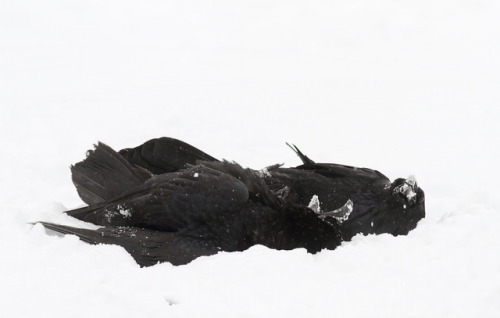An Entertaining Thing To Do Would Be To Replace Every Instance Of “for Ritual Purposes” In Any Archeology
an entertaining thing to do would be to replace every instance of “for ritual purposes” in any archeology article with “for funsies”
More Posts from Allisoncheri and Others
Emerald City Comicon
Con is over and I’m finally back at home recuperating. Sorting through photos was a good way to keep myself occupied in line, but I’ve still got a few hundred more shots to weed through. So far my ECCC folder has about a thousand images in it so this may be a little while.
Photos to be posted include… Tyler Hoechlin Amanda Tapping Jewel Staite Marina Sirtis Anthony Mackie Clark Gregg Orlando Jones
…along with a few shots of our fantastic moderators for the weekend, Grant Imahara and Clare Kramer throughout these sets.
I’ll be putting everything up on flickr first, but will also be posting selected ones here, so keep an eye out!
So, our physics teacher has the strange idea of motivating his students by letting each of us present a physical phenomenal we find interesting to our classmates in a 5-minutes-presentation. And now I need something that is interesting for everyone - even people that usually don't care for physics -, but has interesting facts for someone who's interested in it, too (preferably with an easy experiment). You don't happen to have any ideas, do you?
First of all, your professor is awesome for taking the time to do this. Of the top of my mind, the best one I have is Chladni figures.

Basically take a flat metal plate, fix it at the center and spray some fine sand particles on it.
Using a violin bow, gently excite any edge of the plate to magically witness these beautiful normal mode patterns ( known as Chladni patterns/figures ) forming on the plate.

Also notice that by pinching the plate at different points, the pattern obtained changes.

There is a whole lot of physics that goes behind such a simple phenomenon and I dare say we understand it completely. There are lots of questions on these figures that we have no answer for!
Hope this helps with your presentation. Have a good one!
Gif source video: Steve Mould

“My grandmother wove in me a tapestry that was impossible to unwind,” Vigo said. “Since then, I’ve dedicated my life to the sea, just as those who have come before me.”
Like the 23 women before her, Vigo has never made a penny from her work. She is bound by a sacred ‘Sea Oath’ that maintains that byssus should never be bought or sold.
Instead, Vigo explained that the only way to receive byssus is as a gift. […]
“Byssus doesn’t belong to me, but to everyone,” Vigo asserted. “Selling it would be like trying to profit from the sun or the tides.”
More recently, a Japanese businessman approached Vigo with an offer to purchase her most famous piece, ‘The Lion of Women’, for €2.5 million. It took Vigo four years to stitch the glimmering 45x45cm design with her fingernails, and she dedicated it to women everywhere.
“I told him, ‘Absolutely not’,” she declared. “The women of the world are not for sale.”
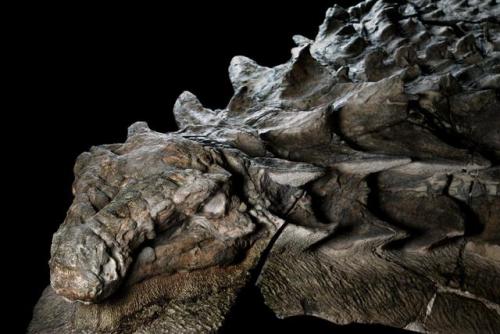
This 110 million-year-old, armored plant-eater is the best preserved fossil of its kind ever found.
From the article:
The more I look at it, the more mind-boggling it becomes. Fossilized remnants of skin still cover the bumpy armor plates dotting the animal’s skull. Its right forefoot lies by its side, its five digits splayed upward. I can count the scales on its sole. Caleb Brown, a postdoctoral researcher at the museum, grins at my astonishment. “We don’t just have a skeleton,” he tells me later. “We have a dinosaur as it would have been.”
Read more on Michael Greshko’s (beautifully written) article at National Geographic. Photos by Robert Clark.
-
 kanerallels liked this · 1 month ago
kanerallels liked this · 1 month ago -
 lordfrezon liked this · 1 month ago
lordfrezon liked this · 1 month ago -
 steampunk483 reblogged this · 1 month ago
steampunk483 reblogged this · 1 month ago -
 kit-foley liked this · 2 months ago
kit-foley liked this · 2 months ago -
 magic-and-shit-idek reblogged this · 2 months ago
magic-and-shit-idek reblogged this · 2 months ago -
 prefertosmile reblogged this · 5 months ago
prefertosmile reblogged this · 5 months ago -
 duvetturtle liked this · 6 months ago
duvetturtle liked this · 6 months ago -
 ferocious-applesauce reblogged this · 9 months ago
ferocious-applesauce reblogged this · 9 months ago -
 waffilicious reblogged this · 9 months ago
waffilicious reblogged this · 9 months ago -
 waffilicious liked this · 9 months ago
waffilicious liked this · 9 months ago -
 unopenablebox liked this · 9 months ago
unopenablebox liked this · 9 months ago -
 taxonomist reblogged this · 9 months ago
taxonomist reblogged this · 9 months ago -
 saphicspacesociety19 reblogged this · 1 year ago
saphicspacesociety19 reblogged this · 1 year ago -
 hauntedstingray reblogged this · 1 year ago
hauntedstingray reblogged this · 1 year ago -
 shadesofhappy reblogged this · 1 year ago
shadesofhappy reblogged this · 1 year ago -
 likadastuff liked this · 1 year ago
likadastuff liked this · 1 year ago -
 obligatetrekkie reblogged this · 2 years ago
obligatetrekkie reblogged this · 2 years ago -
 i-am-mycroft-holmes liked this · 2 years ago
i-am-mycroft-holmes liked this · 2 years ago -
 lunadove reblogged this · 2 years ago
lunadove reblogged this · 2 years ago -
 nobleghoul reblogged this · 2 years ago
nobleghoul reblogged this · 2 years ago -
 gooseghoul reblogged this · 2 years ago
gooseghoul reblogged this · 2 years ago -
 iwillhaveamoonbase liked this · 2 years ago
iwillhaveamoonbase liked this · 2 years ago -
 lemonlimetoast liked this · 2 years ago
lemonlimetoast liked this · 2 years ago -
 captainofthenautilus reblogged this · 2 years ago
captainofthenautilus reblogged this · 2 years ago -
 captainofthenautilus liked this · 2 years ago
captainofthenautilus liked this · 2 years ago -
 stillcantgetoverthesilmarillion reblogged this · 2 years ago
stillcantgetoverthesilmarillion reblogged this · 2 years ago -
 stillcantgetoverthesilmarillion liked this · 2 years ago
stillcantgetoverthesilmarillion liked this · 2 years ago -
 nobrandminda liked this · 2 years ago
nobrandminda liked this · 2 years ago -
 wavyypeachyy liked this · 2 years ago
wavyypeachyy liked this · 2 years ago -
 foxyslide reblogged this · 2 years ago
foxyslide reblogged this · 2 years ago -
 sleepgf reblogged this · 2 years ago
sleepgf reblogged this · 2 years ago -
 canis-ambiguis liked this · 2 years ago
canis-ambiguis liked this · 2 years ago -
 lubefairy reblogged this · 2 years ago
lubefairy reblogged this · 2 years ago -
 lubefairy liked this · 2 years ago
lubefairy liked this · 2 years ago -
 twocatsinatrenchcoat reblogged this · 2 years ago
twocatsinatrenchcoat reblogged this · 2 years ago -
 twocatsinatrenchcoat liked this · 2 years ago
twocatsinatrenchcoat liked this · 2 years ago -
 henwilsons liked this · 2 years ago
henwilsons liked this · 2 years ago -
 foxyslide liked this · 2 years ago
foxyslide liked this · 2 years ago -
 lost-in-lit liked this · 3 years ago
lost-in-lit liked this · 3 years ago -
 just-anotherrandomartist liked this · 3 years ago
just-anotherrandomartist liked this · 3 years ago -
 madzikdek liked this · 3 years ago
madzikdek liked this · 3 years ago -
 onmyliteraturebullshitagain reblogged this · 3 years ago
onmyliteraturebullshitagain reblogged this · 3 years ago -
 speaktomeinpaganprayers liked this · 3 years ago
speaktomeinpaganprayers liked this · 3 years ago -
 luckyicekitsune liked this · 3 years ago
luckyicekitsune liked this · 3 years ago
